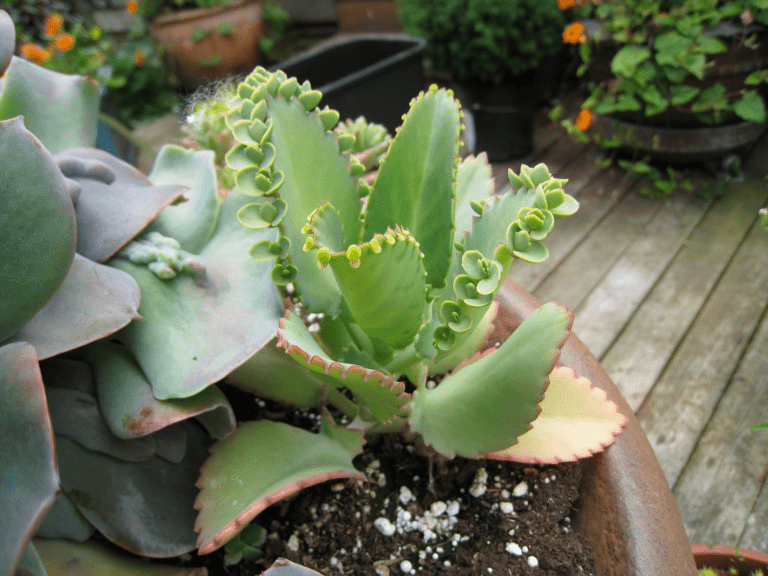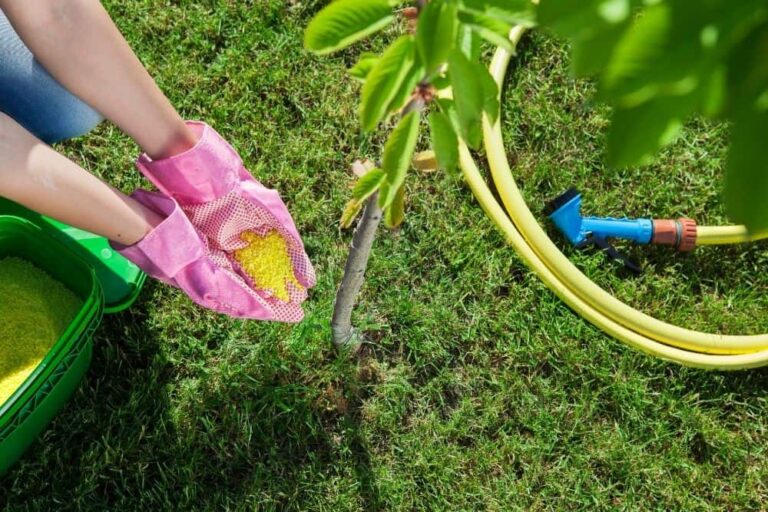Comprehensive Tips for Birds Nest Fern Care
A bird’s nest fern isn’t like your typical fern. Equipped with shiny, broader leaves – not to mention a capacity to affix itself to other trees in the wild – this “tree fern” is a little more unique than your frilly fern. It can also be a challenge to novice gardeners, as its one-two punch of brittleness and prima donna-like watering demands makes caring for it a little less straight-forward than other plants of its classification. However, there are some pluses to these relatively minor minuses, such as its ability to handle a small amount of direct sunlight.
A Most Unique Fern
If you’re new to the gardening game, you may assume that all ferns possess fronds that slightly resemble feathers on some level. The bird’s nest fern singlehandedly puts the kibosh on such assumptions. Equipped with fronds that are either crinkly, wavy, or flat, these interesting plants look less like a fern and more like seaweed.
A bird’s nest fern is also intriguing because it’s not classified in the same realm as your typical fern. Specifically, it’s known as a tree fern, because of its tree-like trunk. Even cooler, it’s also known as an epiphyte plant; that is, a plant that can affix itself to a wall or other vertical surfaces, including a proper tree.
The Root of a Bird’s Nest Fern: A Video Presentation
Birds nest ferns are classified as tree ferns, and this video does a good job of proving why this classification is something that’s well earned. After you see the video, you may even find the “trunk” element cool enough to highlight along with the plant’s greenery.
Displaying your Bird’s Nest Fern
The lush fronds of a bird’s nest fern are a sight to behold. Naturally, you’ll want to display the plant in a prominent place. However, this is a decision that requires a healthy hunk of caution, as the foliage found on these special plants can be rather delicate.
Specifically, the bird’s nest fern’s fronds are extremely fragile and could get damaged with something as innocuous as an accidental brush from a guest. As such, it’s wise for you to make sure you keep your plant out of the way of heavy-traffic areas, or even areas of medium traffic.
Issues with a Bird’s Nest Fern
Even though a bird’s nest fern’s fronds can be brittle, it has very little issues. The problems it does have are ones that can be mitigated rather easily.
For instance, this fern is an attractive hang-out spot for scale insects; small, reddish-brown, disc-shaped critters that love sucking the sap out of leaves. If you see a bunch of these bugs on your leaves, simply wipe them off your plant or spray them with soapy water followed by clean water. Avoid insecticides here, as that substance may cause damage to the fronds.
The other issue you may encounter happens with older plants. As the fern ages, the outer fronds will start to naturally brown. When this happens, clip the fronds off at its base – this will allow room for new growth to occur.
Taking Care of a Bird’s Nest Fern
A bird’s nest fern doesn’t look like a typical fern, and to some extent, its maintenance requirements are a bit out of step. This is especially true in terms of lighting requirements.
Typically, a fern will always require indirect light to grow so that their leaves don’t get scorched. And to a degree, bird’s nest ferns fall into this requirement. However, this isn’t always the case – providing direct sunlight to your bird’s nest fern can do wonders for its growth. Just don’t overdo things – a small amount in the morning or at sunset will do fine.
The plant’s temperature needs aren’t that far removed from that of a typical fern. If you’re growing your plant indoors, you’ll stride for a temperature range of 65 to 75 degrees Fahrenheit during the day, and 55 to 65 degrees Fahrenheit during the night. If you’re keeping it outside, be mindful of excessive heat in the summer time to avoid scorch marks.
It’s also important to keep tabs on the amount of humidity that surrounds the fern. If the air is too dry, the fern may start reacting negatively. To mitigate this, you can place a humidifier in the same room as the plant or place the fern’s container on a bed of pebbles to help concentrate the humidity.
Bird’s Nest Ferns and Watering Habits
A bird’s nest fern can be a bit of a voracious drinker. As such, it’s imperative that you set a routine watering regiment, lest you start seeing the leaves of your beautiful plant start to yellow. Fortunately, it’s not too difficult to gauge your plant’s level of thirst.
Ideally, your fern’s soil should be moist without ever crossing the line into soggy territory. When the soil is dry, then it’s time to water. You’ll be able to spot this easily over time, but if you’re unsure, there is always the finger test.
To deploy the finger test, simply push your digit into the dirt until it reaches your knuckle, and the pull it out. If it feels anything other than muddy, it’s time to give your plant a drink.
Before you do, however, know that the bird’s nest fern is a bit of a diva when it comes to water consumption. You should never apply water directly to the plant’s center, as the water will simply pool there and cause rot. It’s best to simply apply the water to its well-draining soil and let nature takes its course on its own pace.
This wide scope of maintenance makes it fair to say that the bird’s nest firm walks a fine line between being a sturdy little plant and a prima donna. However, if you care for it properly, the only thing you’ll call it is a beautiful addition to your home, yard, or wherever you decide it needs to go.
Photo by Bernard Dupont Licensed Under CC BY-SA 2.0





